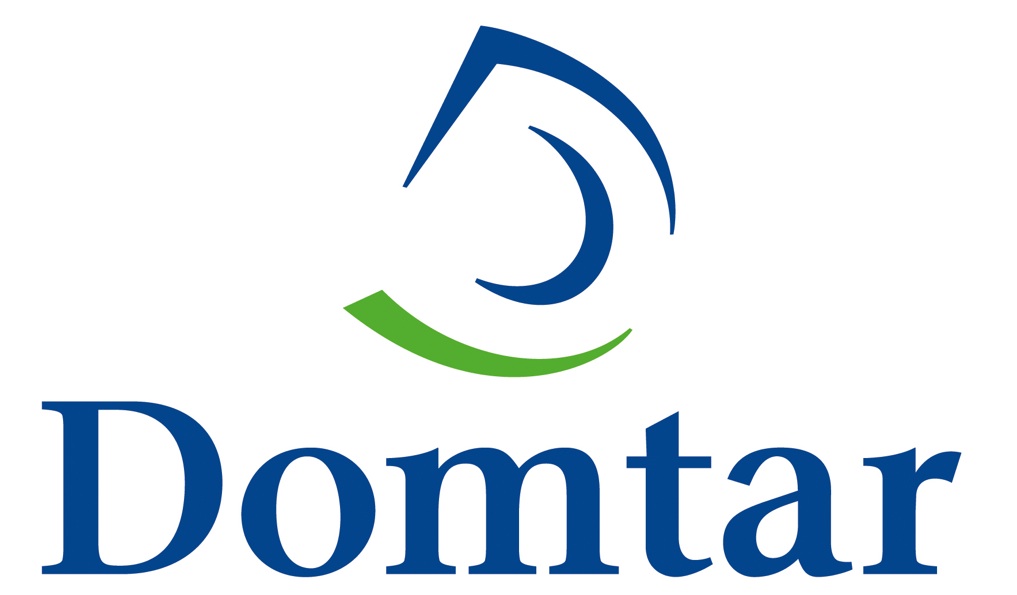The Man Behind the Green Arrows

Gary Anderson was just 23 when he created the wellknown recycling symbol as an engineering student at the University of Southern California.
With April kicking off Earth Month, we decided to investigate the origin of one of the most ubiquitous green logos in existence: the universal recycling symbol. Its three circular arrows, which appear on everything from paper to plastic to aluminum, have been likened to Nike’s swoosh in terms of awareness. In fact, a recent Taylor Nelson Sofres (TNS) Global survey of Americans’ attitudes and knowledge on sustainability concluded that 83% of respondents recognize the symbol.
Many people might be surprised to find the man responsible for one of the world’s most recognized logos never truly profited from his work. In fact, Gary Anderson was just 23 when he created the well-known symbol as an engineering student at the University of Southern California. To celebrate the very first Earth Day in 1970, he entered the Container Corporation of America’s design competition, which was set up to promote greater awareness of the recyclable nature of paper fibers.
Remarkably, it only took Anderson one day to come up with the logo. He had recently created a graphic for a presentation on recycling wastewater, so he “already had arrows and arcs and angles” in his mind. Inspiration for the three-dimensional aspect of the folded arrows came from a field trip he took in elementary school to a newspaper office, where he saw how paper was “fed over rollers as it was printed”.
When it was all said and done, Anderson received only about $2,000 as compensation for winning the design competition. His symbol was then entered into the public domain, making it free for anyone to use.
Mixed signals
The purpose of a logo is to communicate meaning in an easy and universally understood way, which is especially important when it comes to complex environmental issues.
The recycling logo was successful largely because of its simplicity – but in today’s marketplace, consumers are becoming over-inundated. Instead of making decisions easier, widespread logo use can actually cause confusion. In fact, according to ecolabelindex.org, there are 458 “ecolabels” in use today, spanning 197 countries and 25 industries. For this reason, it’s important for companies to help consumers understand exactly what a given label entails. For example, Domtar Paper hosts a wide variety of educational content on its EarthChoice Library, including many materials focused on recycling.
So this April, as you celebrate Earth Month, remember the origin of the recycling logo. Though it started as a humble project to promote recycling decades ago, over the years it has succeeded in driving awareness about the responsible use of all resources.
Go here to learn more about Domtar’s commitment to full circle responsibility, beginning in the forest and continuing through production, usage and recycling.

